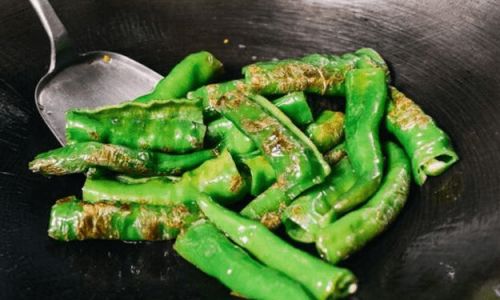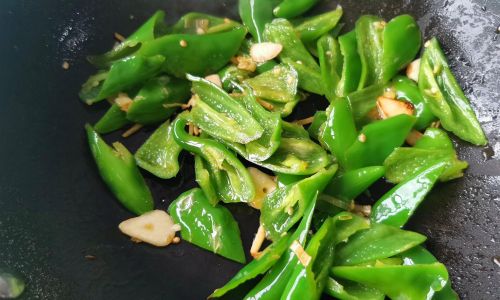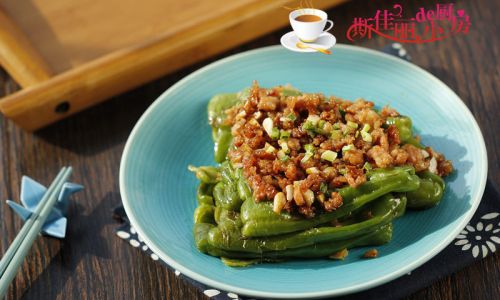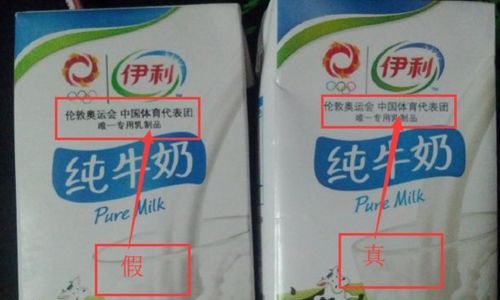Table of content
Baoji chili peppers, renowned for their vibrant color, intense aroma, and fiery yet balanced spiciness, are a cornerstone of Shaanxi cuisine. Grown in the fertile soils of Baoji, a city in China’s northwestern Shaanxi province, these peppers have earned a reputation for their unique flavor profile—a harmonious blend of heat, earthiness, and a subtle sweetness that sets them apart from other chili varieties. Whether you’re a spice enthusiast or a home cook looking to elevate your dishes, mastering the techniques to prepare Baoji chili peppers can transform ordinary meals into culinary masterpieces. This article delves into the history, selection, preparation, and innovative uses of Baoji chili peppers, ensuring you can harness their full potential in your kitchen.
The Legacy of Baoji Chili Peppers
Baoji’s chili pepper cultivation dates back centuries, with the region’s climate—characterized by hot summers, cold winters, and significant temperature swings—providing ideal conditions for these plants to thrive. The peppers, typically harvested in late summer, are dried and processed into various forms, including whole dried pods, flakes, and powders. Their versatility makes them indispensable in local dishes like youpo mian (oil-splashed noodles), liangpi (cold skin noodles), and roujiamo (Chinese hamburgers), where they add depth and heat.
Selecting and Storing Baoji Chilis
The journey to delicious Baoji chili dishes begins with selecting high-quality peppers. Fresh Baoji chilis should be firm, glossy, and free of blemishes. If using dried peppers, opt for those that are deep red, brittle, and free of moisture. Storage is equally critical:
- Dried peppers: Keep in an airtight container in a cool, dark place to preserve their flavor and potency.
- Fresh peppers: Refrigerate in a breathable bag for up to a week, or freeze for longer shelf life.
Traditional Preparation Techniques
Toasting for Enhanced Flavor
Toasting Baoji chilis before use is a age-old technique that intensifies their aroma and mellows their raw spiciness. Here’s how:

- Method: Heat a dry skillet over medium heat, add whole peppers, and toast for 2–3 minutes, stirring constantly until they darken slightly and release a smoky fragrance.
- Tip: Avoid burning, as this imparts bitterness.
Grinding and Crushing
The texture of crushed Baoji chilis can make or break a dish. For coarse textures, use a mortar and pestle; for fine powders, a spice grinder works best.
- Ratio: Combine 70% toasted peppers with 30% raw peppers for a balanced heat.
Oil Infusion
Infusing oil with Baoji chilis is a cornerstone of Shaanxi cooking. The process extracts their essence, creating a fragrant, spicy oil used in dressings, marinades, and dipping sauces.
- Recipe:
- Heat 1 cup of vegetable oil (peanut or rapeseed oil preferred) in a wok.
- Add 10–12 whole dried Baoji chilis (lightly crushed) and 1 tablespoon of Sichuan peppercorns.
- Fry over low heat until the peppers darken (5–7 minutes).
- Strain the oil and store in a glass jar.
Classic Baoji Chili Recipes
Youpo Mian (Oil-Splashed Noodles)
A beloved Baoji street food, this dish showcases the interplay of chili oil, garlic, and vinegar.

- Ingredients:
- 200g fresh hand-pulled noodles
- 3 tbsp Baoji chili oil (with sediment)
- 2 tbsp soy sauce
- 1 tbsp black vinegar
- 1 tsp sugar
- 3 garlic cloves (minced)
- 1 tbsp toasted sesame seeds
- Fresh cilantro (chopped)
- Instructions:
- Cook noodles al dente, drain, and rinse under cold water.
- In a bowl, mix chili oil, soy sauce, vinegar, sugar, and garlic.
- Toss noodles in the sauce, top with sesame seeds and cilantro.
Baoji-Style Stir-Fried Potatoes with Chili
This humble dish highlights the chili’s ability to elevate simple ingredients.
- Ingredients:
- 3 medium potatoes (julienned)
- 2 tbsp Baoji chili flakes
- 1 tbsp fermented black beans (rinsed)
- 2 garlic scapes (chopped) or 1 tbsp minced garlic
- 1 tbsp vegetable oil
- Salt to taste
- Instructions:
- Soak potatoes in water to remove starch; pat dry.
- Heat oil, add chili flakes, black beans, and garlic. Stir-fry 30 seconds.
- Add potatoes, stir-fry 5–7 minutes until tender. Season with salt.
Spicy Braised Chicken with Baoji Chilis
A hearty dish where the chili’s heat permeates tender chicken.
- Ingredients:
- 1 whole chicken (cut into pieces)
- 1/4 cup Baoji chili flakes
- 3 tbsp doubanjiang (fermented chili bean paste)
- 1 tbsp Sichuan peppercorns
- 6 garlic cloves (smashed)
- 1-inch ginger (sliced)
- 2 cups chicken stock
- 3 tbsp soy sauce
- 1 tbsp rock sugar
- Instructions:
- Marinate chicken in 1 tbsp soy sauce for 30 minutes.
- Heat 2 tbsp oil, stir-fry chili flakes, doubanjiang, peppercorns, garlic, and ginger until fragrant.
- Add chicken, sear until golden. Add stock, remaining soy sauce, and sugar. Simmer 40 minutes.
Modern Adaptations and Fusion Ideas
Baoji chilis’ adaptability extends beyond traditional recipes. Experiment with:

- Chili-Infused Hummus: Blend roasted Baoji chilis into hummus for a smoky kick.
- Spicy Margarita Rim: Mix chili powder with salt and lime zest for a fiery cocktail garnish.
- Chili-Honey Glazed Salmon: Marinate salmon in a mix of honey, soy sauce, and crushed Baoji chilis.
Health Benefits and Nutritional Value
Beyond their culinary appeal, Baoji chilis offer health perks:
- Capsaicin: Boosts metabolism and may reduce inflammation.
- Vitamins: Rich in vitamin C, A, and antioxidants.
- Digestive Aid: Stimulates gastric juices, aiding digestion.
Common Mistakes to Avoid
- Overcooking Chilis: This destroys volatile compounds, resulting in a bitter taste. Add them toward the end of cooking.
- Ignoring Seed Removal: For milder dishes, deseed peppers before use.
- Using Low-Quality Oil: Inferior oils can mask the chili’s natural flavor.
Cultural Significance and Pairings
In Baoji, chili peppers are more than ingredients—they’re symbols of resilience and hospitality. Locals often gift homemade chili oil as a token of friendship. Pair Baoji-chili dishes with:
- Beverages: Ice-cold Tsingtao beer, chrysanthemum tea, or plum juice.
- Sides: Pickled mustard greens, steamed buns, or cucumber salad.
Conclusion
Baoji chili peppers are a testament to the magic of terroir—their flavor is inextricably linked to the land they’re grown in. By mastering traditional techniques and embracing creativity, you can unlock their potential in countless dishes. Whether you’re drizzling chili oil over noodles or experimenting with fusion tacos, the key lies in balancing heat with aroma and texture. So, embrace the fiery spirit of Baoji, and let these peppers ignite your culinary imagination.

Final Tip: Always taste-test your chilis before cooking! Adjust quantities based on their potency and your spice tolerance. Happy cooking!






0 comments